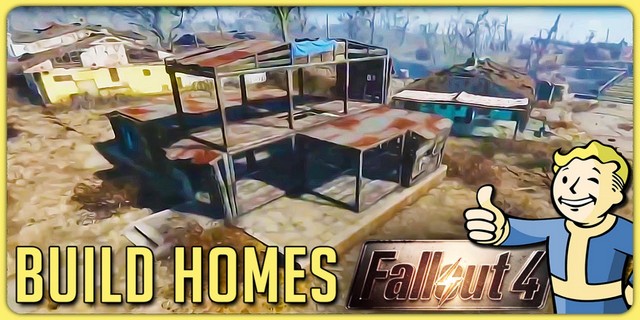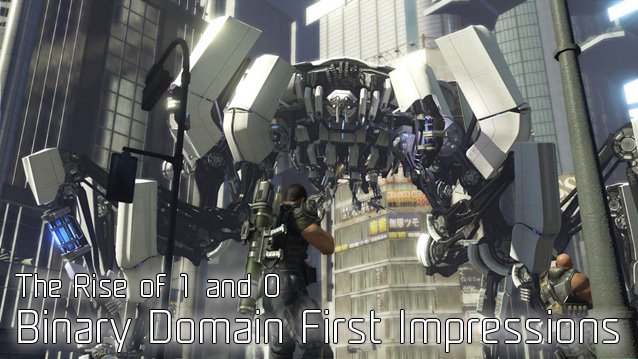

You can't say LEGO Star Wars III: The Clone Wars is lacking in content. It's packed full of playable characters to unlock, stuff to collect, and worlds to wander about on plastic legs with no knees. Across a multi-threaded campaign spanning events from seasons 1-2 of the TV series The Clone Wars, your force of little plastic brick warriors is whisked (typically in groups of 2-4, whom you swap between on the fly) from hack 'n' slash missions to space dogfights and back down to the ground for RTS-style battles with tons of droids and clones squaring off for territory. There's a ridiculous array of different things that players can find and do.
With such a huge spread, one would think that it would be easy for the game to keep our attention. Too often, however, it manages to be both boring and infuriating.
For the most part, LEGO Star Wars III sticks to the series formula of hack-and-slash co-op collect-a-thons bookended by earnestly humorous cut scenes, all frosted with several layers of cute, cute, cute. It starts off amusingly enough. When the game opens with a reimagining of the attempted execution arena sequence of the nigh-universally hated Episode II: Attack of the Clones, the charming humor and silliness that the LEGO games have become known for is immediately present. Chronicling Anakin, Obi-Wan, and Padme’s narrow escape from becoming monster food, the level tells its story through a series of ice cream jokes, pratfalls, and silly faces. It’s genuinely entertaining, despite its relation to the horrible movie that it reinterprets. But every time the cut scenes give way to gameplay, the action has a good chance of grinding to a halt.
Players defeat monsters by pulling on various switches, using force powers to pull this or that, and standing in a specific spot while using a specific character to execute a specific context-sensitive action. The problem is, the game barely tells you how to do any of it. With so few hints as to what to do, we frequently had trouble figuring out a course of action.
Ambiguous objectives are a pervasive problem throughout LEGO Star Wars III – in fact, previous games in the series, such as LEGO Indiana Jones 2, have suffered the same problem. When you’re on foot, it usually boils down to a tedious “destroy everything you can until you find a new path, a character-specific switch, or a pile of stuff you can use the Force on” affair. This gets old quickly, and even that highly sophisticated (not really) strategy doesn’t always work.
One particular space battle mission was particularly frustrating. We spent what seemed like hours simply flying around trying to defeat an endless stream of enemy fighters, only to finally realize we could hop out of our ship and man huge turrets, which turned the tide of the battle almost immediately. And that was before we had to figure out how to move up and down through weird turbo booster things. It would all make sense if we were given better, clearer guidance, but instead it's remarkably obtuse and can really drag down the pacing of the game.
LEGO Star Wars III also tries something new for the series, though it doesn’t work well; there are the weird RTS-esque sections shoved into the story. You take control of a commander who is capable of both attacking enemies personally and building on designated base spots on the map. From there, you can build barracks that spawn either new vehicles or squads of impressively stupid clone warriors. Theoretically, you're supposed to be able to use a commander character to tell them what to do so they don't wander away and walk off a cliff or something – but that mechanic is so clumsy we rarely used it, opting to instead hop in a tank and take care of business on our own. Add together these clunky controls, a few bugs, and enemies who aren’t really smart enough to require deep strategy, and you've got several RTS missions that play just like the normal missions, only with less polish.
Fortunately, when we got through the arduous process of completing any given level in the game, we were treated to downright funny cutscenes with great animation and wonderful little jokes. We just wish we had more of an idea as to what was going on. Even fans of the television series the game is based upon will have trouble following the story (another recurring weakness in the LEGO games), and those who haven't seen the TV episodes will be entirely confused by the references to trade embargoes and petty warring that aren't explained anywhere within the game.
Somewhere amongst all of the clunky design decisions is the charming style that made the LEGO series so popular. The game just oozes charisma, and as long as you’re not banging your head against the wall trying to figure out what to do next, it’s solid, lightweight fun (especially when played co-operatively). It's just unfortunate that it got buried so deeply. Simplifying a game so that kids can play it is one thing, but when the developers start to trim out good storytelling and clear player guidance as well, it's time to stop cutting.
Apr 11, 2011




 Kingdom Hearts 2.8 HD Final Chapter Prologue Wiki – Everything you need to know about the game .
Kingdom Hearts 2.8 HD Final Chapter Prologue Wiki – Everything you need to know about the game . Mass Effect: Andromeda Wiki – Everything you need to know about the game .
Mass Effect: Andromeda Wiki – Everything you need to know about the game . Final Fantasy XIV: A Realm Reborn Wiki – Everything you need to know about the game .
Final Fantasy XIV: A Realm Reborn Wiki – Everything you need to know about the game . The Rise of 1 and 0: Binary Domain First Impressions
The Rise of 1 and 0: Binary Domain First Impressions Maná will release its new album “Cama Incendiada” in April
Maná will release its new album “Cama Incendiada” in April